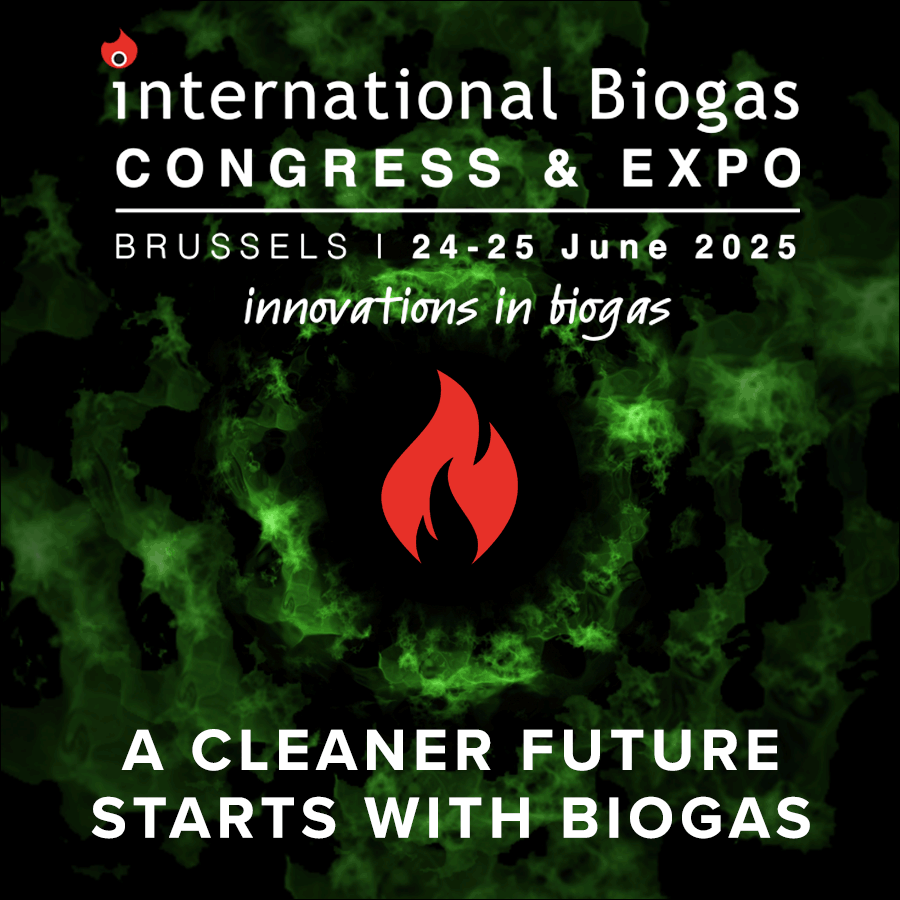Microbubbles set to make algae harvesting easier
A new technology has been developed at the University of Sheffield in the UK which uses microbubbles to harvest and remove water from algae for biofuel production.
Algae produces oils which can be used to create biodiesel but water needs to be removed from the algae first in order to do so.
Using the microbubble system is an inexpensive way to do this. The process works by floating algae particles to the surface of the water and therefore enables the producer to easily harvest the algae.
The scientists were part of a team led by Professor Will Zimmerman in the department of chemical and process engineering at the university and this technology should allow for producers to now grow their crops more ‘rapidly and densely’, he says.
‘We thought we had solved the major barrier to biofuel companies processing algae to use as fuel when we used microbubbles to grow the algae more densely,’ explains Zimmerman. ‘It turned out, however, that algae biofuels still couldn’t be produced economically, because of the difficulty in harvesting and dewatering the algae. We had to develop a solution to this problem and once again, microbubbles provided a solution.’
The microbubble system is expected to save about 1,000 times the amount of energy when compared to existing floating systems, and is also much cheaper to install.
Now a pilot plant will be built to test the system on an industrial level, with the team working with Tata Steel at their site in Scunthorpe using CO₂ from their flue-gas stacks. This partnership is expected to continue.
Bruce Adderley, manager of Climate Change Breakthrough Technology, says: ‘Professor Zimmerman’s microbubble-based technologies are exactly the kind of step-change innovations that we are seeking as a means to address our emissions in the longer term, and we are delighted to have the opportunity to extend our relationship with Will and his team in the next phase of this pioneering research.'
The research was funded by the Engineering and Physical Sciences Research Council and also supported by the Royal Society Innovation Award 2010 and the Concept Fund of Yorkshire Forward.


















